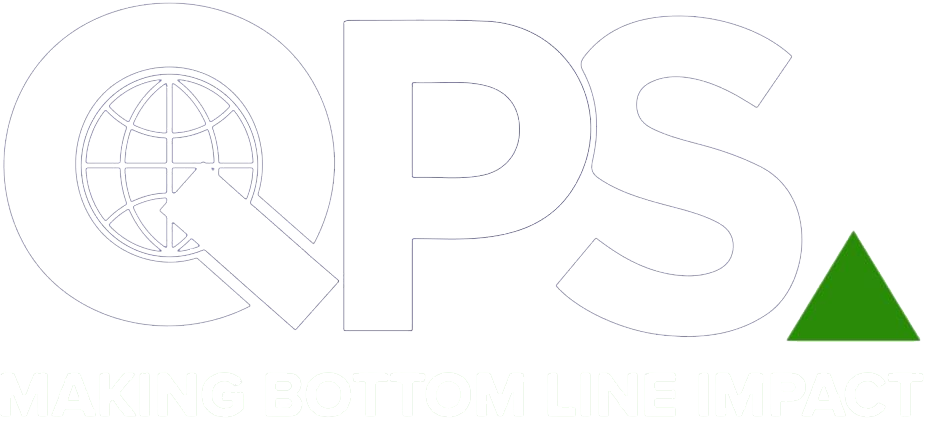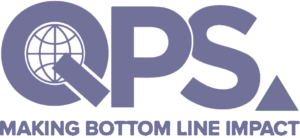PL-400T00 Microsoft Power Platform Developer
- 5 Days Course
- Language: English
Introduction:
What happens when low-code isn’t enough? When your Power Platform solution needs to go beyond drag-and-drop simplicity?
Microsoft Power Platform Developer Training helps experienced developers extend low-code tools with traditional development practices. You’ll build Power Platform solutions that include Power Apps, Power Automate, and Power BI while integrating with Azure services and RESTful APIs. Learn to customize user experiences, create secure system integrations, and apply application lifecycle management (ALM) practices. This course prepares you for the Microsoft Certified Power Platform Developer Associate certification and gives you hands-on skills that transfer directly to real-world business needs.
Objectives:
This course equips professional developers with the skills to build enterprise-grade Microsoft Power Platform solutions using code. You will:
Extend Power Apps with custom components, JavaScript, and the Power Apps Component Framework
Build and troubleshoot advanced workflows using Power Automate and Dataverse triggers
Integrate Power Platform solutions with Azure Functions and RESTful Web APIs
Use Application Insights and Monitor to test, debug, and optimize app performance
Prepare for the PL-400: Microsoft Power Platform Developer certification exam
Course Outline:
Module 1: Create a Model-Driven Application in Power Apps
- Design and configure a model-driven app
- Work with forms, views, and business rules
- Apply security roles and data access levels
Module 2: Create a Canvas App in Power Apps
- Build a canvas app from scratch
- Use formulas and controls
- Connect to data sources and services
Module 3: Advanced Techniques and Data Options in Canvas Apps
- Implement relational data and choice columns
- Optimize performance and manage delegation
- Use variables, collections, and custom functions
Module 4: Automate Business Processes with Power Automate
- Create cloud flows and desktop flows
- Use Dataverse triggers and expressions
- Monitor, test, and troubleshoot workflows
Module 5: Introduction to Developing with Power Platform
- Explore development tools and environments
- Understand solution architecture and lifecycle
- Work with RESTful APIs and Dataverse Web API
Module 6: Extending Dataverse (Common Data Service)
- Develop plug-ins and workflows
- Use Azure Service Bus and webhooks
- Integrate external systems
Module 7: Extending the User Experience for Model-Driven Apps
- Apply client scripting using JavaScript
- Use form events and customize command bar
- Debug client-side code
Module 8: Create Components with Power Apps Component Framework
- Understand PCF architecture and tooling
- Build and package custom reusable components
- Test and deploy your code components
Module 9: Extend Power Apps Portals
- Customize portal pages and templates
- Use liquid templates and web roles
- Integrate Dataverse for portal scenarios
Module 10: Integrate with Dataverse and Power Platform
- Create custom connectors with OpenAPI
- Secure integrations using OAuth and Azure AD
- Use policy templates and runtime expressions
Enroll in this course
$4,006.73 – $4,033.67

